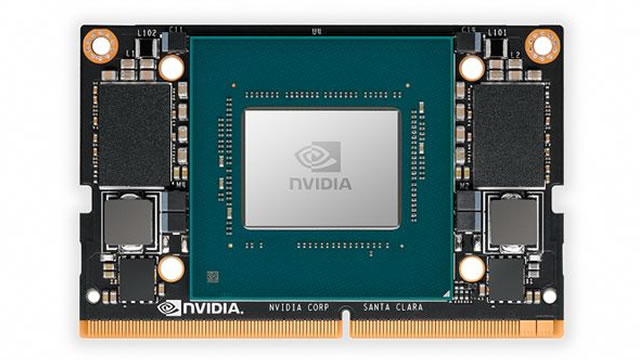April 2, 2025, will likely go down in history books as a major turning point in international trade. Under the leadership of President Donald Trump, the U.S. has imposed substantial tariffs on imports from many of its top trading partners, including East Asian nations like Taiwan and South Korea, which play an essential role in global technology supply chains.
For Nvidia (NVDA -1.64%), the good news is that semiconductor chips are exempt from the new levies. But that doesn’t mean the chipmaker will escape totally unscathed. Let’s explore what the next three years could have in store as Nvidia navigates these unprecedented challenges.
A very globalized business
Nvidia’s business model is more complicated than it looks on the surface.
While it is generally known as a chipmaker, the Santa Clara, California-based giant is a fabless semiconductor company, which means it designs chips that are manufactured by partners, such as Taiwan Semiconductor Manufacturing (TSMC).
In a sense, Nvidia represents precisely the type of globalized supply chain the Trump administration is trying to unravel. While the company is a leader in intellectual property and software, it doesn’t actually make the products it is selling. This is similar to other large American companies like Apple or Nike, which have also outsourced their manufacturing to third parties in Asia.
Nvidia has limited its international exposure
Nvidia’s outsourced manufacturing could attract negative political pressure, even though semiconductors are exempt from the current round of tariffs. However, management has wisely sought to preempt this challenge through onshoring alongside its manufacturing partners.
In March, CEO Jensen Huang announced plans to spend hundreds of billions of dollars on American-made chips produced at TSMC’s fab in Arizona. Remarkably, this includes Nividia’s latest and most advanced Blackwell AI chips.
While this move helps protect Nvidia from political pressure at home, the company is still dependent on its foreign suppliers and their willingness to invest in U.S. production. These relationships could be put to the test if trade tensions continue to escalate between the U.S. and Taiwan.

Image source: Getty Images.
However, these potential problems might not spill over into the demand side of the equation.
While Nvidia’s supply chain has some international vulnerabilities, its customer base is made up of large, resilient American companies like Microsoft, Meta Platforms, Amazon, and Alphabet, which use its graphics processing units (GPUs) to run and train AI algorithms. Nvidia currently earns around half of its revenue in the U.S.
A recession could throw a wrench in the bull thesis
After falling 30% year to date, Nvidia stock is remarkably cheap for a fast-growing company that seems insulated from the direct impacts of Trump’s new tariffs. The stock’s forward price-to-earnings (P/E) ratio of 21 is actually lower than the Nasdaq estimate of 23, even though Nvidia’s fourth-quarter net income surged by 80% year over year.
The rollout of new Blackwell-based AI chips is expected to keep the momentum going strong.
With that said, Nvidia could stand to lose from the indirect impacts of tariffs. J.P. Morgan believes there is a 60% chance of recession this year. And this could hurt Nvidia because clients will be less likely to pour billions into the speculative (and largely unprofitable) AI industry when their core businesses are struggling. AI start-ups will also find it harder to get funding during an economic downturn.
Over the next three years, Nvidia looks capable of navigating tariff-related challenges and emerging from the crisis with a stronger, less internationally vulnerable supply chain. However, the economy is in an incredibly uncertain place right now. Long-term investors may want to wait for the dust to settle before considering a position in the stock.
Financial Market Newsflash
No financial news published today. Check back later.










